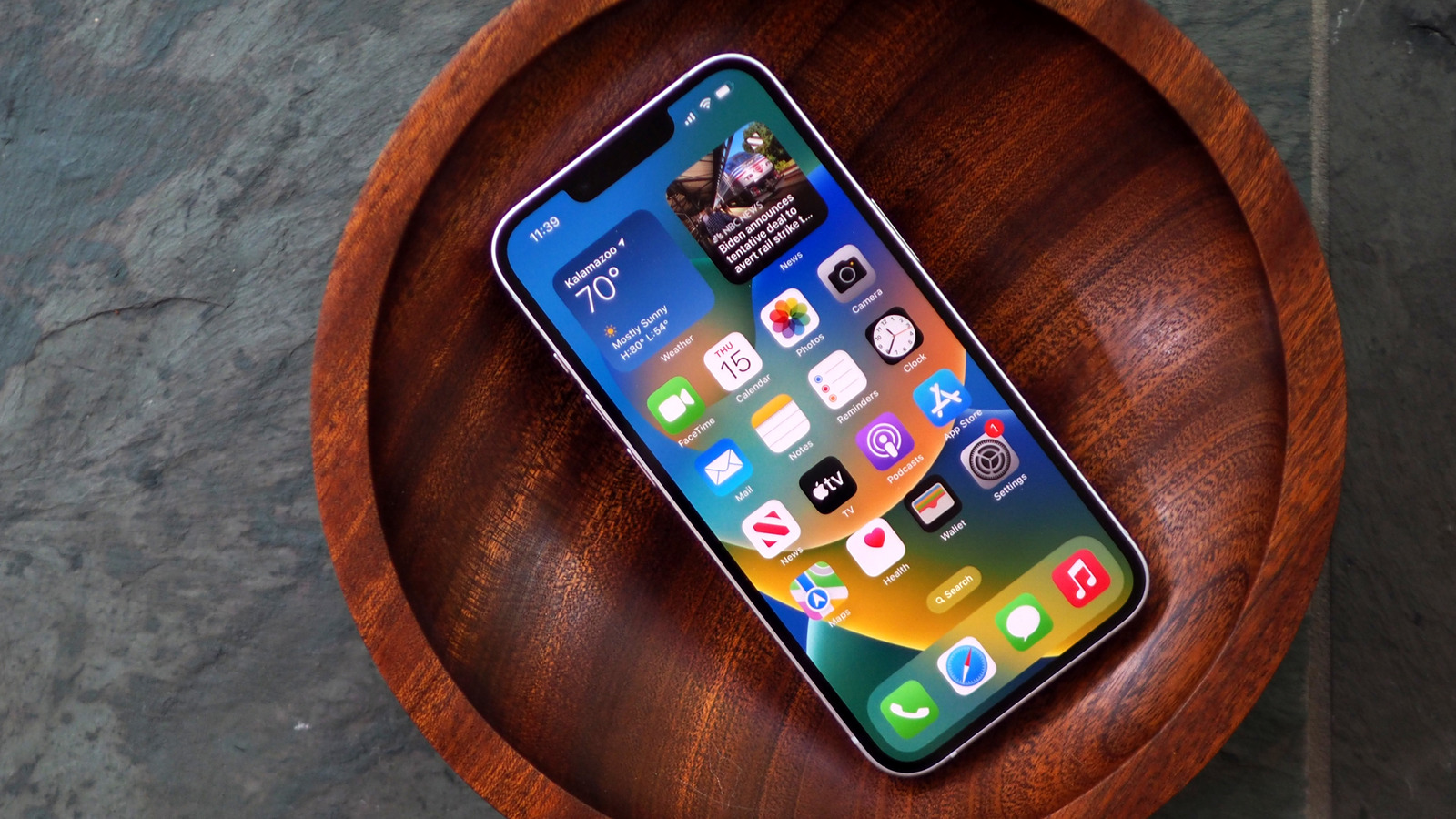
Inside, meanwhile, the familiarity continues. Rather than a wholesale upgrade to the latest chipset, the iPhone 14 and iPhone 14 Plus stick with last year’s Apple A15 Bionic; the new A16 is saved for the Pro-branded pair.
It’s a decision that makes a lot of sense, from a positioning standpoint at least. The A15 is hardly lackluster, and iOS 16 — as comes preinstalled — runs with a smoothness that will be familiar to anyone with, well, an iPhone 13 running Apple’s newest release. There’s an argument that it’ll impact how long the iPhone 14 is supported with future iOS upgrades, which I can understand, but at the same time, Apple is so far ahead of the pack with just how far back it delivers new iOS releases too, I’m not sure I buy into the panic there.
Really, though, it’s about setting expectations. The iPhone 14 and iPhone 14 Plus are meant to be the mainstream iPhones, and the A15 is more than sufficient for that audience. If you want more performance — just like if you want more camera tech, or a better display, or any of the other reasons the iPhone 14 Pro commands an advantage — then that upgrade feels consistent with, say, the step from a Mac mini to a Mac Studio.
For all the latest Gaming News Click Here
For the latest news and updates, follow us on Google News.
